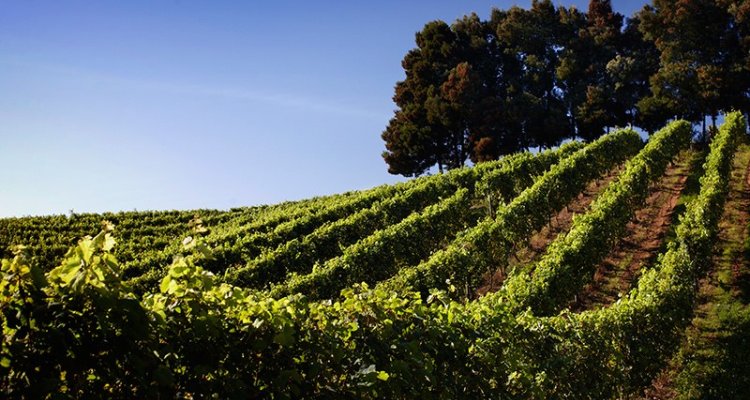
Colloquium
Shadow analysis in precision viticulture: Automatic detection of canopy width
Abstract
The vine industry holds global relevance in the agricultural sector. Its economic importance has prompted both researchers and farmers to develop new instruments and methods to optimize crop management. In recent years, precision viticulture (PV) has been widely utilized and studied. The use of numerous instruments to detect and analyse data at the plant level allows for the optimization of agricultural practices and the enhancement of production quality. PV allows pathology detection, nutrient deficiency, water needs, and yield estimation mapping on a plant level of the field's heterogeneity. Given that canopy management is a key aspect of vine growth, it is important to develop methodologies to assess canopy size at the single-plant level. The current state of the art highlights difficulties in determining the width of the canopy, primarily due to the predominant intertwined conditions present in vineyards. Previous studies have underscored difficulties in retrieving data for the canopy's center, which is pivotal in this task. An alternative approach using shadow information to measure leaf area index has already been experimented with and was considered the groundwork for this research.
In this study, a novel approach to automatically detect canopy width using image classification techniques was presented. Three classification algorithms were tested including K means, random forest, and support vector machine. Results indicated the first two as best performing; particularly K means algorithm showed the most consistence results and did not require any prior experience to be performed is the most suitable to be used for automatic tasks. K means’ result to be the most suitable algorithm to use with an accuracy of 0.62; while the higher peak was found with the random forest dataset with an accuracy of 0.82. Building upon the classification results, a methodology was developed to calculate canopy width based on shadow analysis. Specifically, the percentage of shadow holes relative to the shadow area was utilized as a metric to estimate canopy width for individual plants. Results reported a correct calculation of 20 cases out of 60 where the degree of error ranged from 0.016 to 0.4 meters.
While the classification allows for a more robust result and consideration, the width canopy does not provide enough evidence that this methodology could find practical use. Nevertheless, the main hypothesis for which different densities of leaf layers cast different shadow intensities is not rejected and needs further study development.